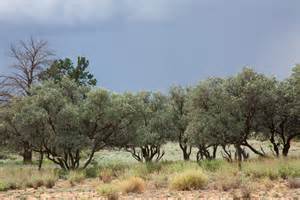Although used as an ornamental tree world-wide as a shade tree, for timber and on occasion as fodder for livestock, Rosewood has become a serious threat to native plants due to its ability to produce a vast number of seeds and high germination rates.
Highly tolerant to drought and frost, Rosewood is present is almost all Australian states but has become an invasive species in north eastern New South Wales and regions of Queensland. With each tree capable of growing up to 10 metres in height and producing a large canopy which can often be larger than 10 metres in width, this blocks sunlight of nearby plants and shrubs.
Rosewood is known to invade disturbed areas such as creek banks, roadsides, woodland and open grasslands. Livestock will graze upon seedlings but due to their rapid growth, seedlings can soon develop into large trees with young plants reaching heights of up to 4 metres in their first two years.
Reddish brown in colour, Rosewood has opposite leaves along the stalk which can grow up to 50mm long by 20mm wide with shaped tips and produces bright yellow flowers of up to 22mm in diameter. Seeds are contained within the distinctive winged shaped fruit that has a propeller like action that spins as it falls to the ground. This allows the seeds to be carried great distances by the wind where they can settle on clear ground and germinate.
Germination takes place in spring, making this time of year particular important to be on the lookout for unwanted seedlings. As Rosewood is beginning to pose a real threat in certain areas of New South Wales and Queensland, before removing any Rosewood seedlings or small trees, contact your local weeds official or environmental officer for expert control advice.



